
Novice bearded dragon keepers are always curious to know how long bearded dragons can go without heat. If you’re thinking along the same lines, you’ve landed in the perfect spot.
Bearded dragons don’t do well for too long without warmth. These creatures can go up to 24 hours without heat, but only if the temperature doesn’t go below 65 °F. If the temperature falls below 65 °F, your pet reptile may develop health problems, which and in extreme cases, lead to severe sickness.
In this article, you will learn why bearded dragons don’t do well without heat, the right temperature for a dragon vivarium, and how to keep your pet warm in an emergency. So, grab a comfy seat and stay with us to learn more!
Table of Contents
How Long Can Bearded Dragons Go Without Heat?
Bearded dragons come from the arid and semi-arid regions of Australia. In their natural habitat, be it rocky deserts, or subtropical woodlands, dragons are accustomed to temperatures between 75-95 F.
Beardies are reptiles, which also means they are cold-blooded. They need an external heat source to regulate their body temperature, produce energy, and perform other physiological functions.
In the absence of appropriate temperatures, these reptiles can fall seriously ill.
Generally, adult beardies in the best of health have the best chances of escaping health-threatening conditions unscathed.
Therefore, such dragons have a greater chance of not succumbing to sickness when there is no heat for approximately 24 hours.
But maintaining the temperature of the
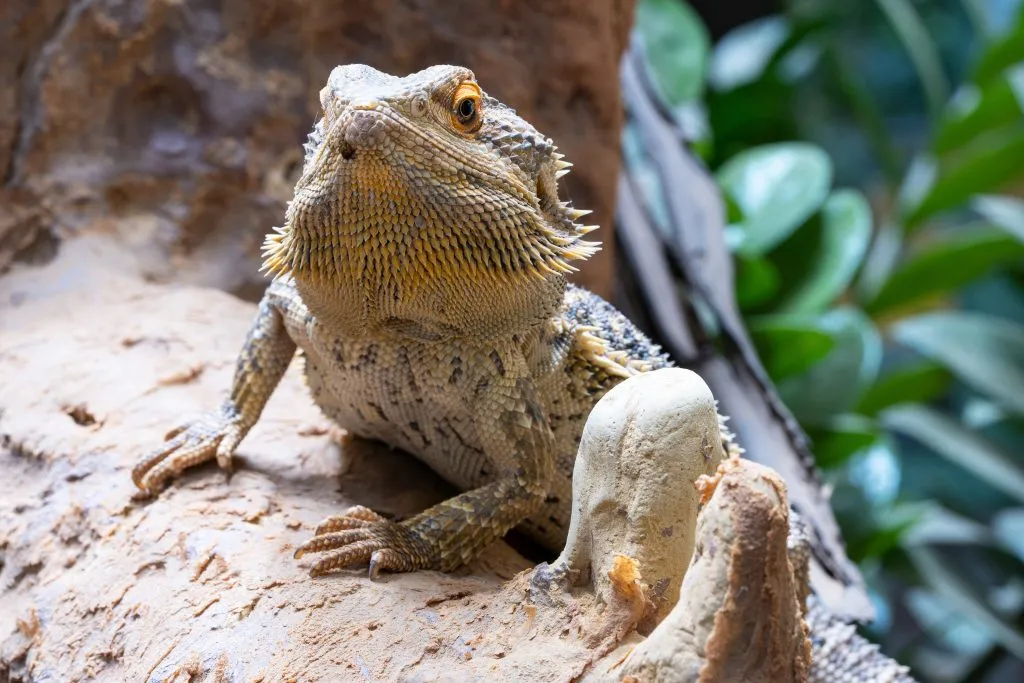
For instance, if you have a baby beardie or one that is quite old, the likelihood that your reptilian friend will endure the lack of heat well is minimal.
The temperature requirements for an adult and juvenile beardie are the same. But, for baby bearded dragons, you need the basking area to be around 105 °F. The cooling area for juveniles should be 90-95 F.
A young bearded dragon vivarium must have a stable temperature of 75-85 °F during the day and be slightly cooler at night.
Without a heat source, juveniles will quickly become cold-stressed. The same rule applies to an ailing beardie. With their health compromised, the ability to withstand any divergence in temperature becomes nearly impossible.
Also read our article on the best heat lamps for bearded dragons here!
What Are The Health Risks Of Going Without Heat For Bearded Dragons?
There are multiple health risks that bearded dragons face when temperature fluctuations occur. Let’s go through the list of problems your pet may suffer if it has to go without a heat source for long:
Lethargy
One of the first things your bearded dragon will do when the temperatures fall is reduce its activity levels to conserve energy. You are bound to notice that your active beardie will snuggle into a warm corner and stay there.
Digestion Problems

After consuming their meals, bearded dragons go to the basking spot for heat. These reptiles need heat for their organs to digest their
The inability to digest food without external heating can cause your pet to go off
A natural consequence of decreased
Lack Of Calcium Absorption
Bearded dragons also need heat so that their body can absorb calcium from the
Reptiles that don’t get enough calcium can face metabolic bone disease.
Metabolic bone disease, or nutritional secondary hyperparathyroidism, is a complex disease.
An imbalance from direct nutritional deficiency or calcium absorption results in swelling in the lower jaw and softening of the bones in the lower jaw.
MBD can weaken the hind limbs so much that your pet cannot raise itself normally.
Respiratory Infections
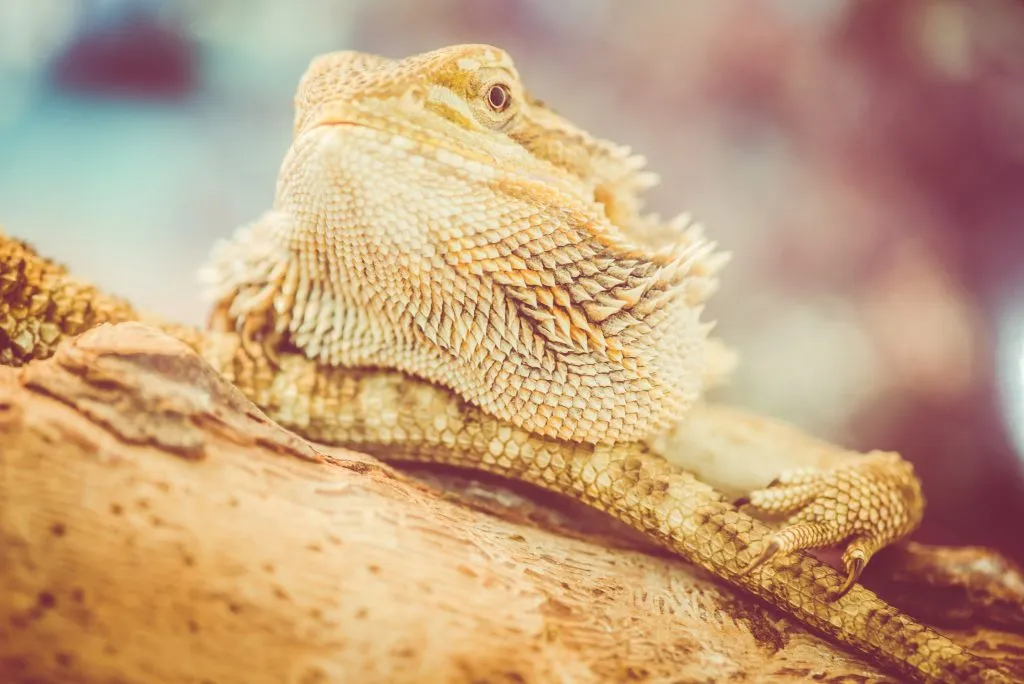
When there isn’t enough heat for your bearded dragon, it becomes susceptible to respiratory infections, namely pneumonia.
Beardies enduring pneumonia will exhibit many signs, such as wheezing or snorting.
They’ll puff up their throats constantly, gaping their mouths, have trouble breathing, decreased diet intake, have bubbly, stringy mucus, and have energy deficiency.
Impaction
Heat deficiency can manifest in beardies through impaction too. Impaction occurs in bearded dragons when a hard mass blocks the digestive tract.
It’s a severe problem in beardies, and it can prove fatal if not taken care of immediately.
Many symptoms of impaction include leg tremors, inability to excrete regularly, regurgitation, and dragging of one or both hind legs.
Impaction can also result in an inability to walk properly, a slight bump on the spinal cord, and swelling of the abdomen.
Brumation
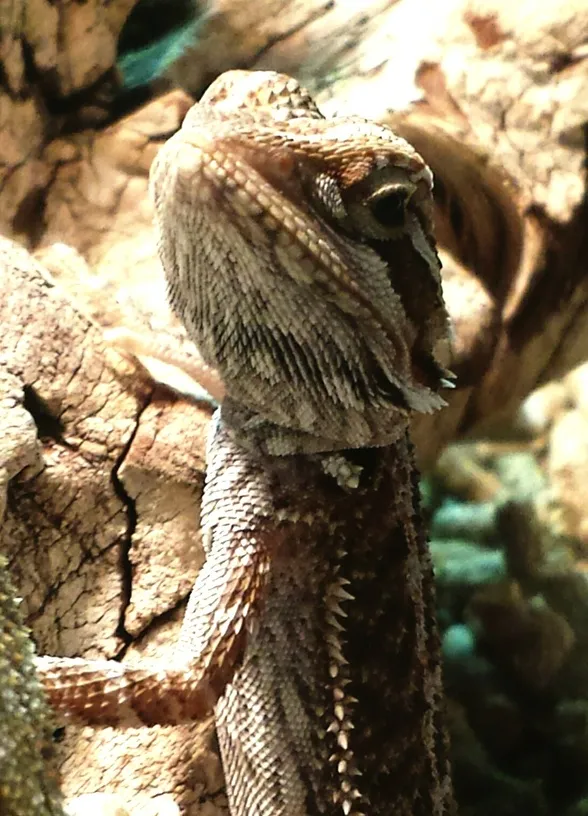
Experienced bearded dragon keepers will tell you that your beardie can make it for 24 hours if the enclosure temperature stays above 65 °F.
But, experts will tell you that taking such a chance places your pet at substantial health risks. It is a scenario that should be avoided.
When bearded dragons experience cold, it is a natural survival instinct to go into brumation. Brumation in reptiles is the equivalent of hibernation in mammals.
You’ll see your pet digging into the vivarium substrate, creating cozy resting spots. Beardies eat less and sleep more during brumation.
The sleeping pattern of your pet will completely change, it becomes less active during the day and stays awake during the night, and your pet may become unresponsive when handled or touched.
Considering that there can be several adverse effects to loss of heat in a bearded dragon’s enclosure, it’s best to prevent the situation from arising. And the easiest way to do that is to be prepared in advance.
Tip: Also read our artice “Do Beardies need a heat pad?” To learn how they compare to heat lamps and how to install them properly.
How To Keep Your Bearded Dragon Warm In Emergencies?
In case of a power outage, bearded dragon owners are faced with the dilemma of keeping their pets warm. This section is designed to help readers prepare for such emergencies.
The first thing in case of an emergency is to remain calm. It’s a vital step you need to take to effectively and efficiently function in a crisis.
While most things related to a reptile enclosure function on electricity, battery-operated equipment is available. If you are braving an electricity shortage, you must initially determine the enclosure’s temperature.
Most thermometers are battery-operated or use mercury to measure temperature, so you have no worries. If your pet’s vivarium is 65 °F or above, you have the necessary time to take precautionary measures.
Begin by wrapping a warm towel around your pet’s enclosure. This will help keep the enclosure warm for longer. You can use hot water bottles to heat the basking area.
But you will have to place a thick towel around the hot water bottle and place the water bottle under the substrate.
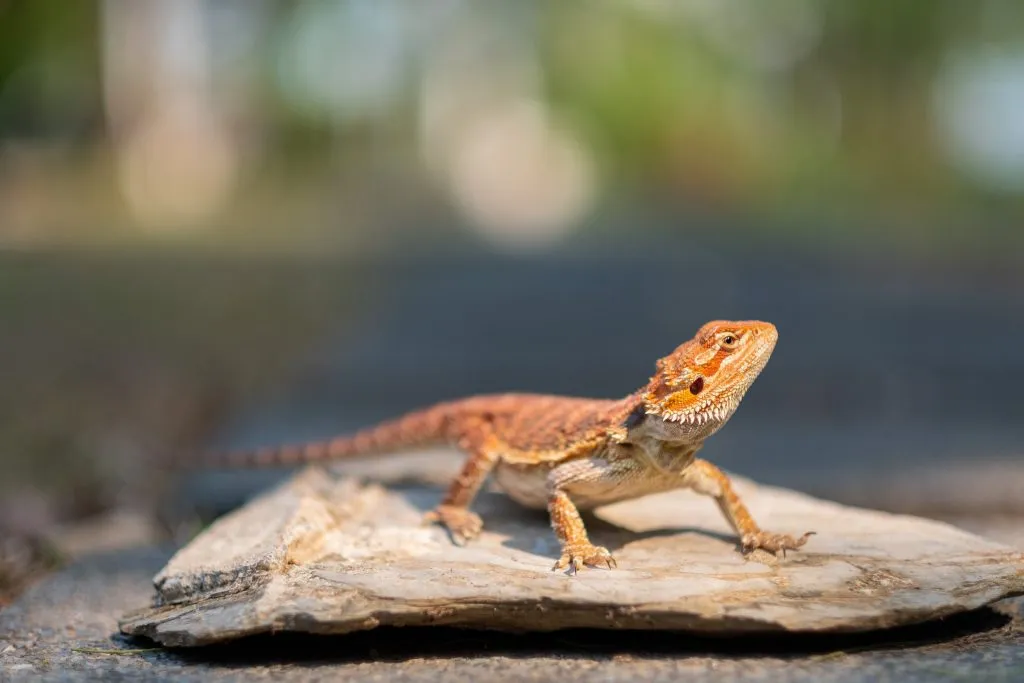
This will help keep your pet from receiving burns by venturing too close to the bottle. It’s also a good way to keep your scaled pet from scratching or ripping the bottle open.
Some sites might recommend using large-sized pebbles to heat your reptile’s vivarium. But, these are not recommended by vets as they can cause thermal burns.
Instead, relying on heat warmers is a safer bet. Once the warmer is at the right temperature, place it inside a sock before putting it inside the vivarium.
Also, if you light up a fireplace or use a wood-burning stove to generate heat within the room as the
However, you must make frequent temperature checks to ensure the enclosure is not heating up too much.
Furthermore, keeping an eye on the humidity levels will go a long way in keeping your pet comfortable, even during a power outage or harsh winter months.
If the power outage persists for more than a few hours, limiting your dragon’s
Bearded dragons can’t digest their
Feeding during such situations can lead to digestive problems and should be avoided.
Tip: We also created an article on heat during the night for bearded dragons. It shows you if your beardie needs it and what the best night heat sources for beardies are.
How To Tell Your Bearded Dragon Needs More Heat?
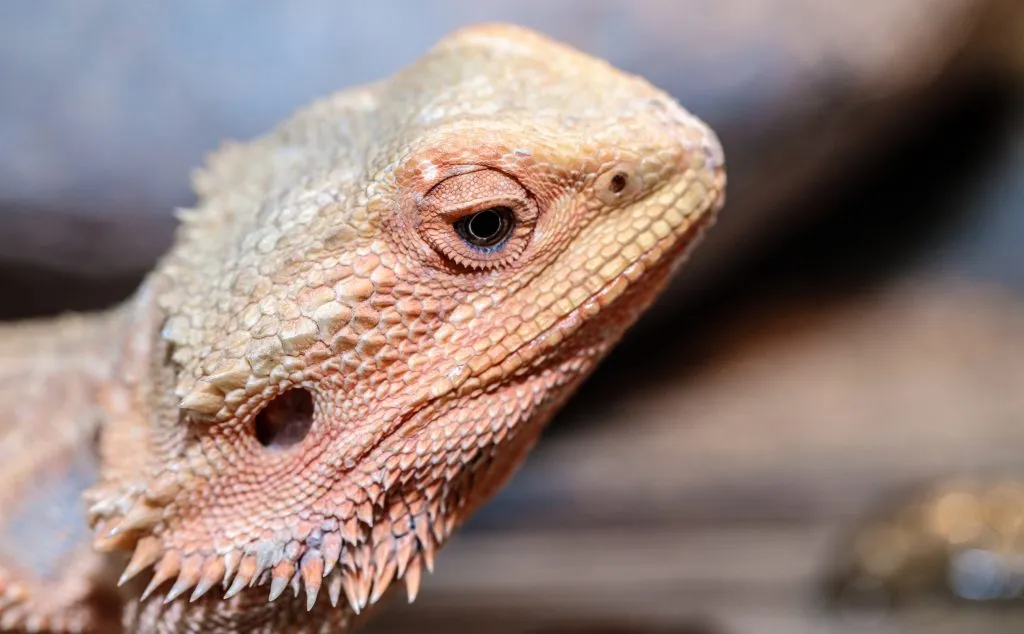
Bearded dragons are known for being hardy animals. But these exotic pets do need attention and care. And thankfully, it’s not to tell when your beardie isn’t feeling well.
Bearded dragons don’t respond well to stress, cold weather, poor diet, or mishandling. Certain red flags can appear when your beardie isn’t getting enough heat.
For example, when your reptile stops moving around or seems less active following a temperature drop, it likely needs more warmth.
Moreover, due to cooler temperatures, bearded dragons can become so inactive that they don’t respond to being handled or touched. And, in such circumstances, when you touch their skin, it feels cool and dry.
If you catch your pet digging into the substrate and sleeping underneath it, circling its basking area, getting dark spots on its skin, or not eating enough, check the
These are classic symptoms of inadequate temperatures.
Also read: Can beardies overheat? It shows you how to prevent this and what to do if it happened.
Conclusion
As a pet parent to a bearded dragon, it’s best to learn about your pet’s needs and wants. As you already know, dragons don’t do well in cooler temperatures. But keeping your pet warm can be challenging when facing a power crisis.
The easiest way to tackle power emergencies is to be prepared in advance, such as keeping battery-operated warmers, wood-burning stoves, and hot water bottles.
Besides that, veterinarians also recommend cutting back on meals to prevent digestive problems.
If you suspect a temperature fluctuation has resulted in a health condition such as a respiratory infection, it’s best not to waste any time and get in touch with your veterinarian.
- Eastern Rat Snake: Nature’s Pest Control and Fascinating Reptile - September 20, 2024
- Eastern Racer: The Fast and Agile Snake - September 19, 2024
- The Eastern Indigo Snake: The Majestic, Non-Venomous Hunter of the Southeast - September 18, 2024
